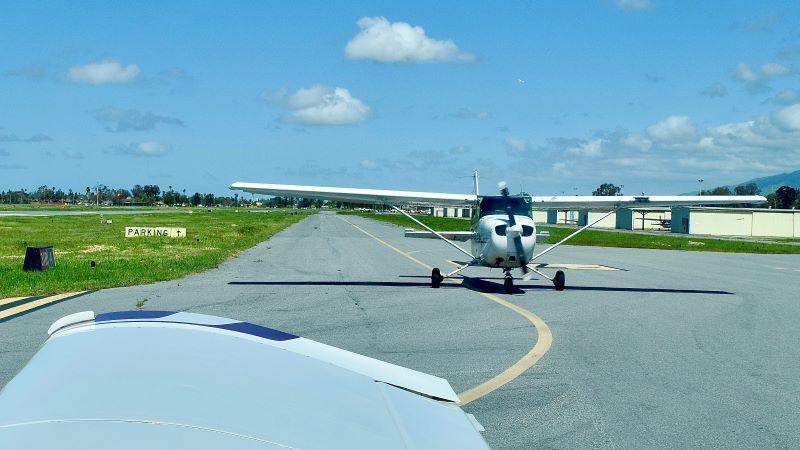
Piston aircraft line up for takeoff at Reid-Hillview Airport, which stopped supplying 100LL in 2022.
Credit: Bill Carey
Work has been suspended on one of two candidate fuels being advanced through an FAA program to develop a high-octane unleaded avgas that can work across the entirety of the U.S. piston-engine aircraft fleet. Testing of 100M, a 100-octane unleaded avgas developed by energy company Phillips 66 and...
Subscription Required
Testing Is ‘Paused’ On Unleaded Avgas Candidate is published in The Weekly of Business Aviation, an Aviation Week Intelligence Network (AWIN) Market Briefing and is included with your AWIN membership.
Already a member of AWIN or subscribe to The Weekly of Business Aviation through your company? Login with your existing email and password.
Not a member? Learn how you can access the market intelligence and data you need to stay abreast of what's happening in the business aviation community.





